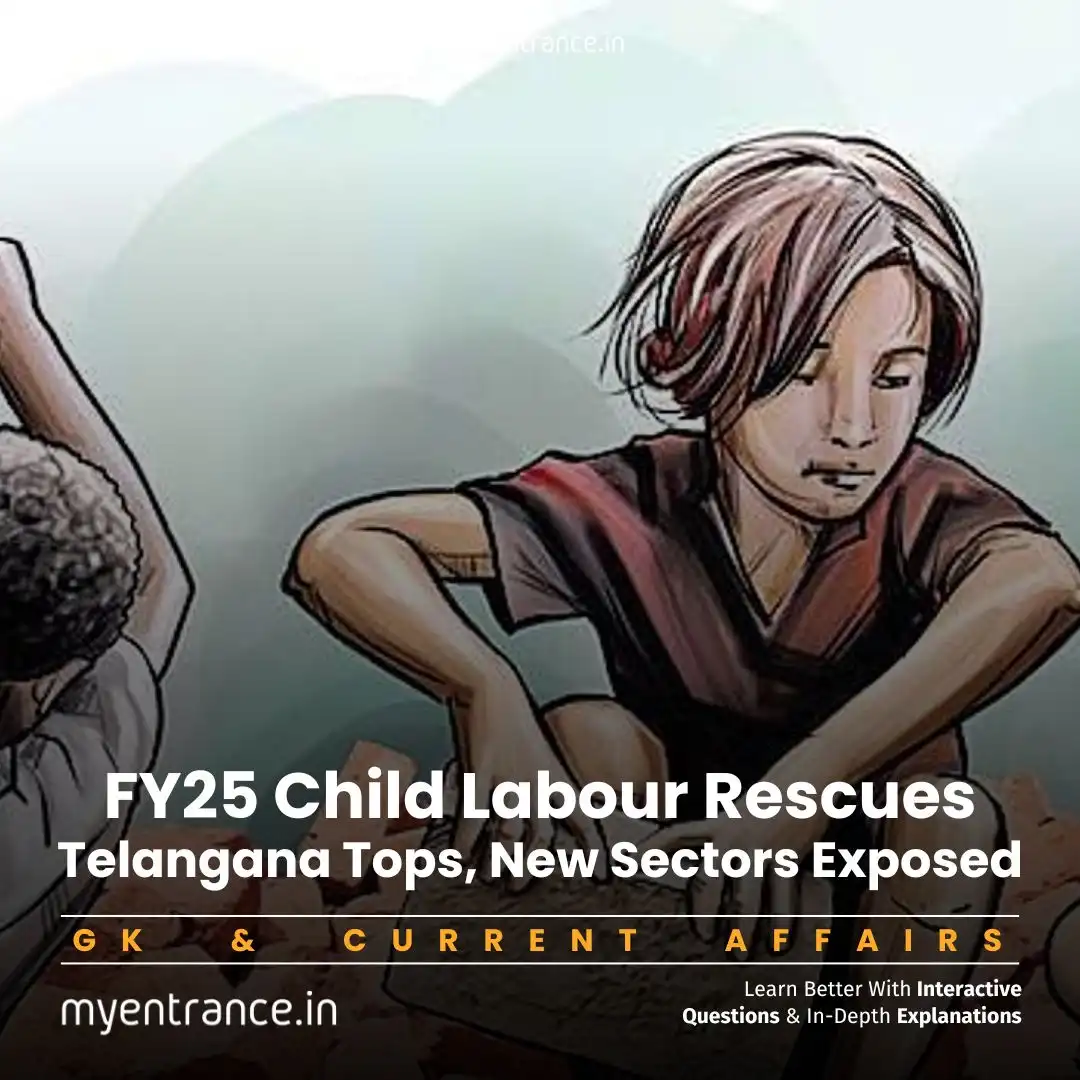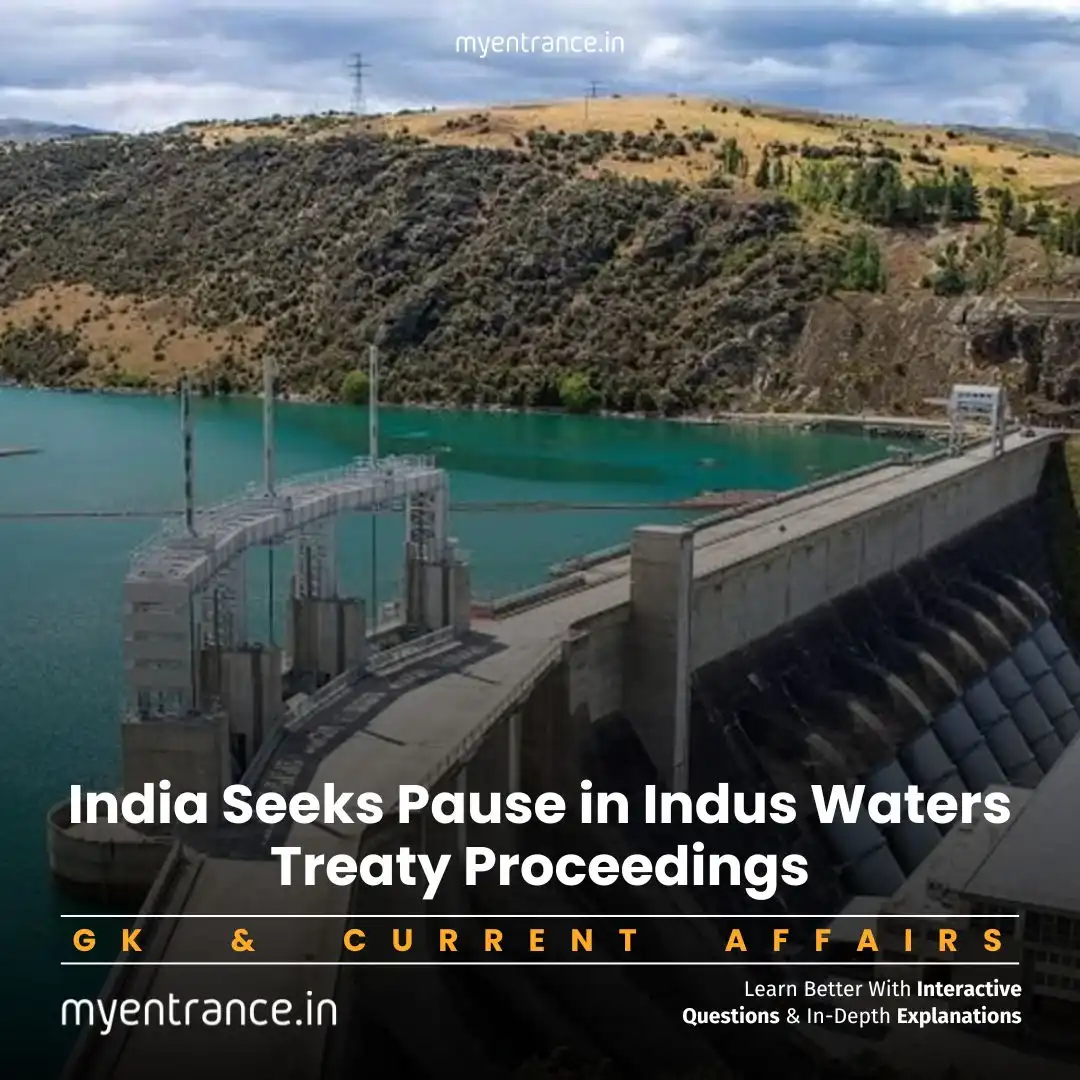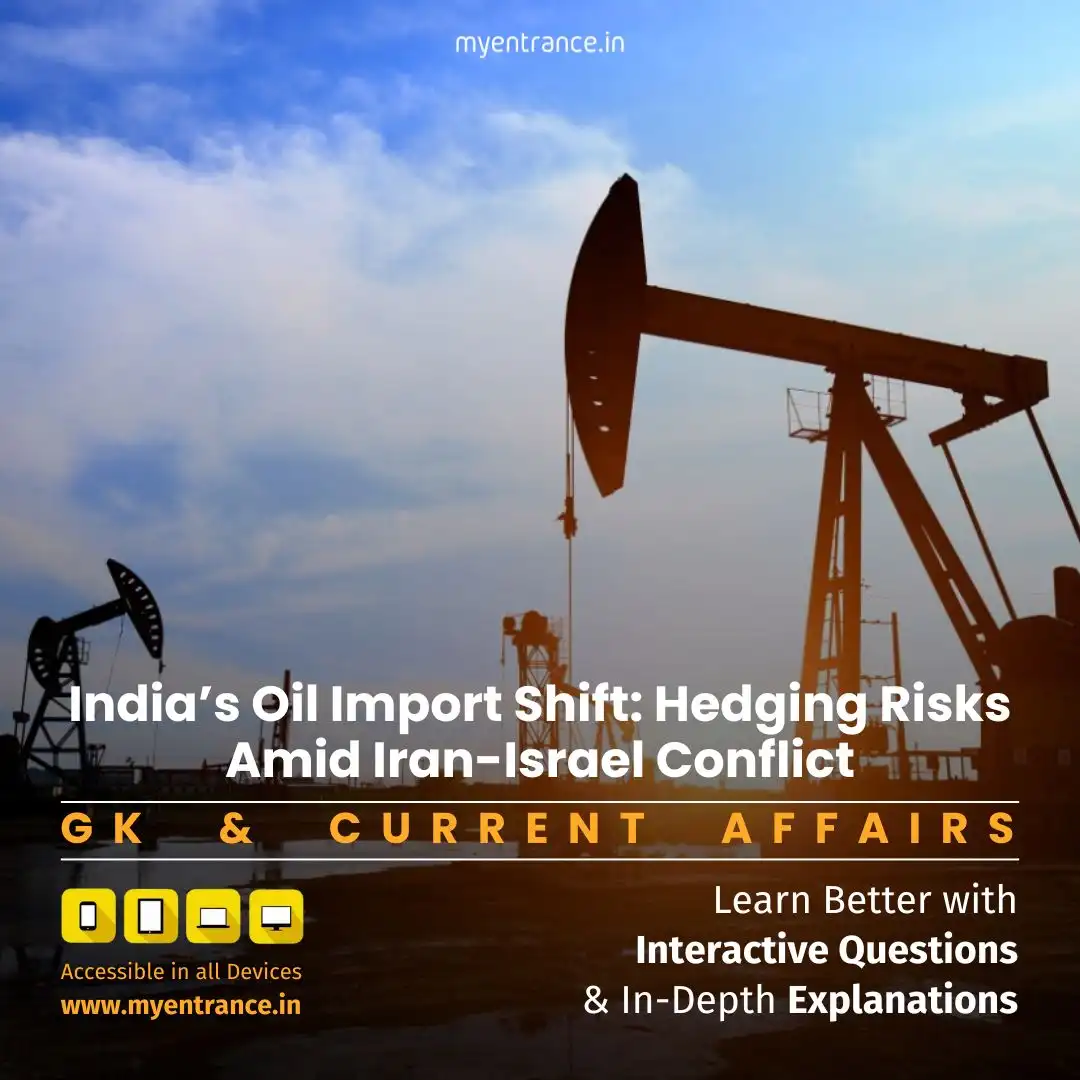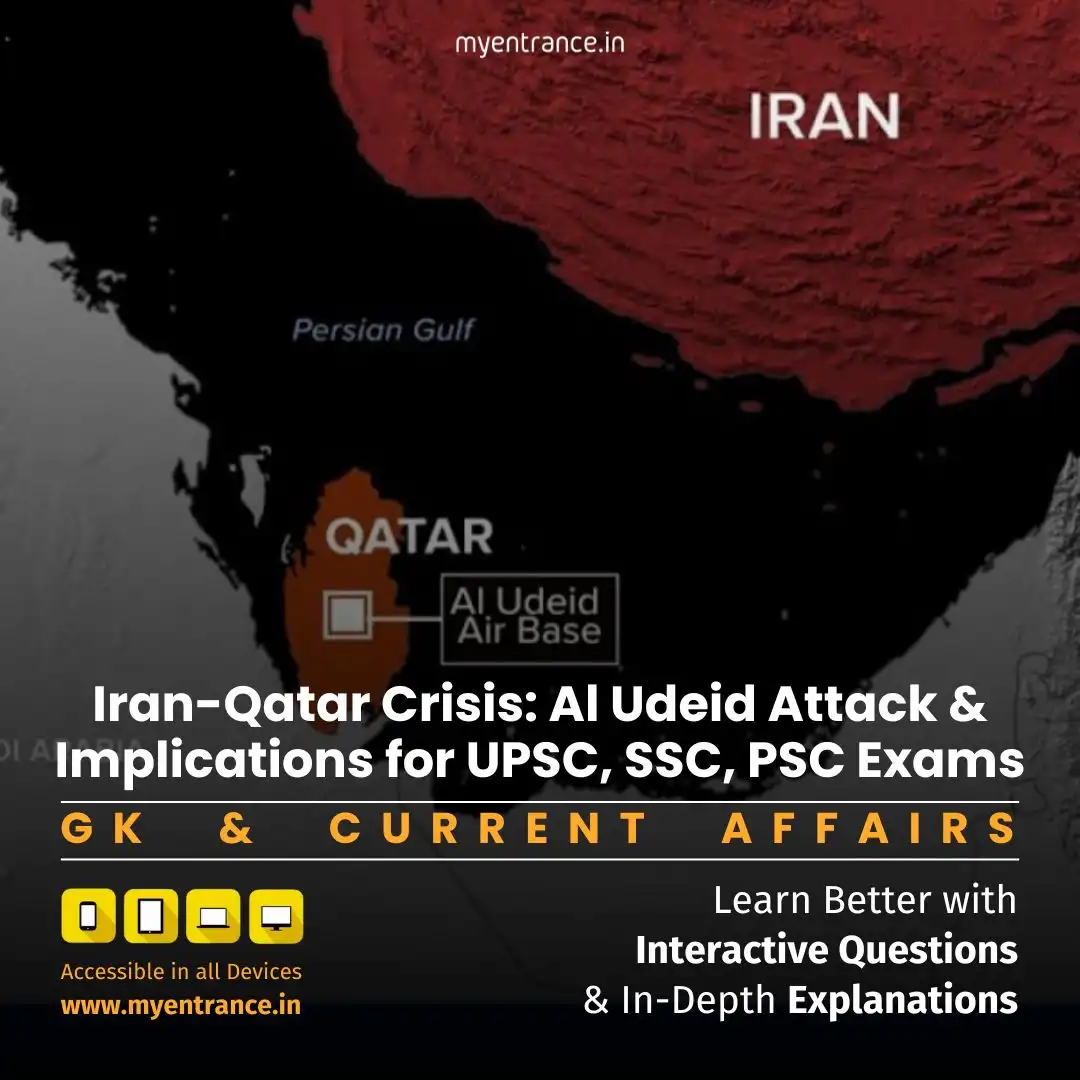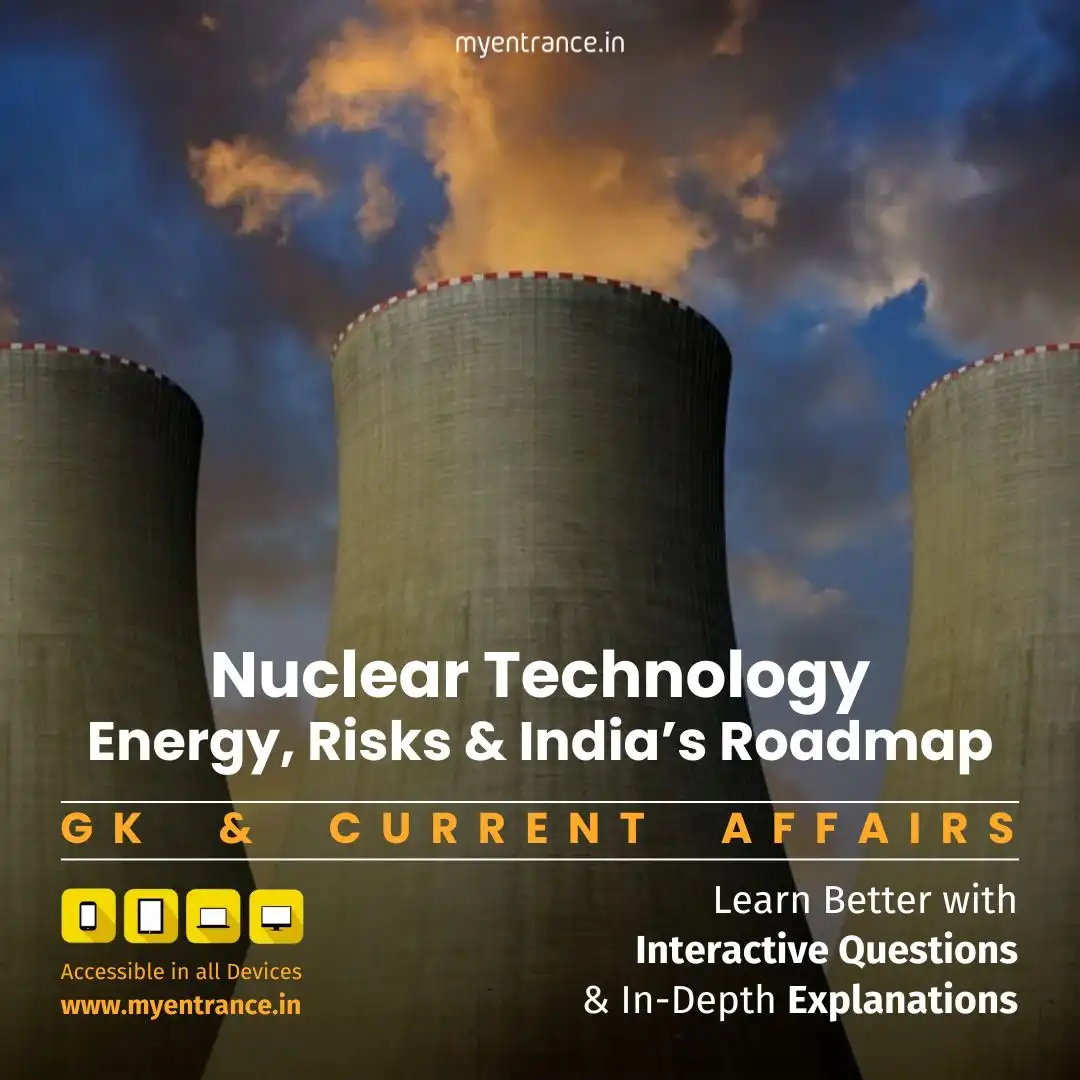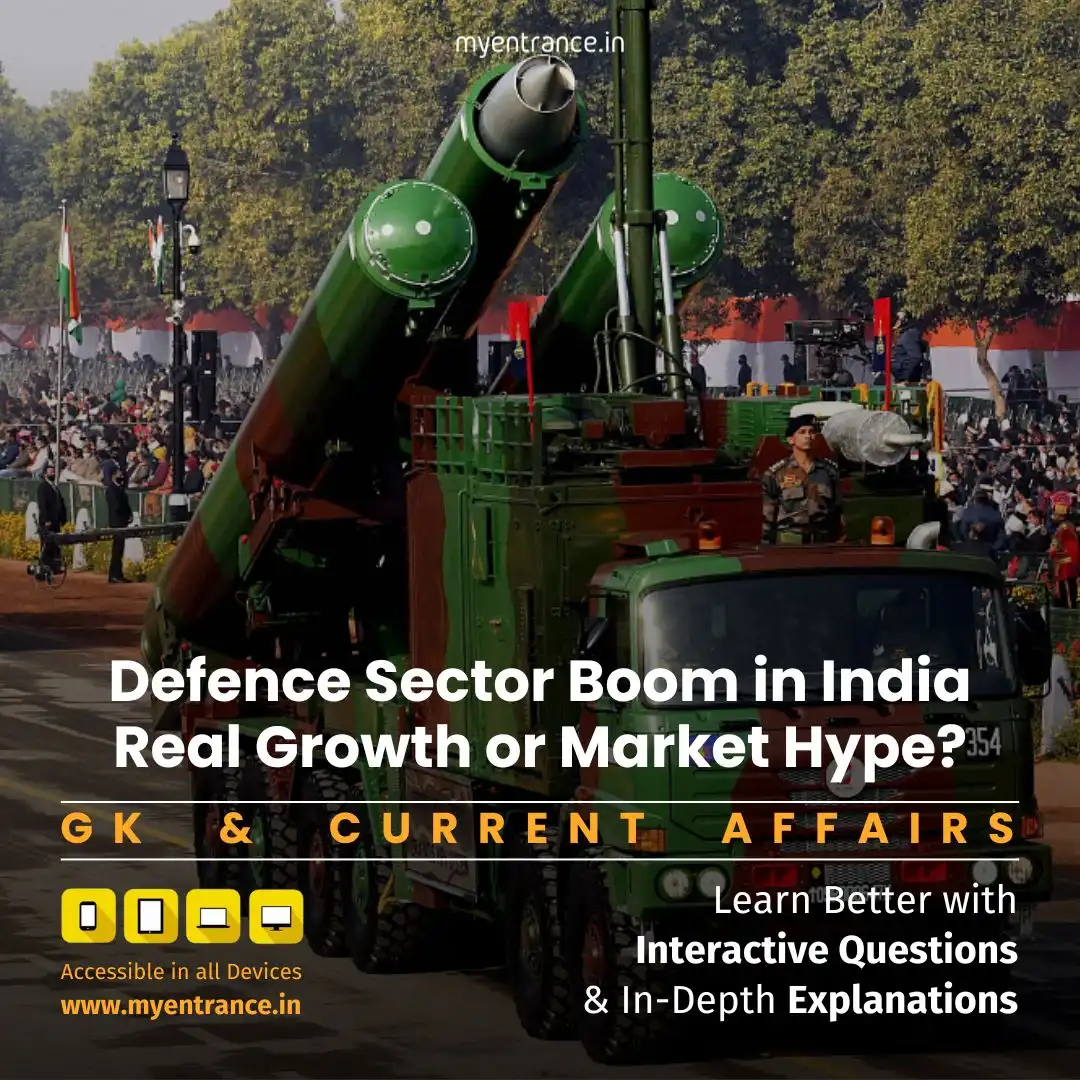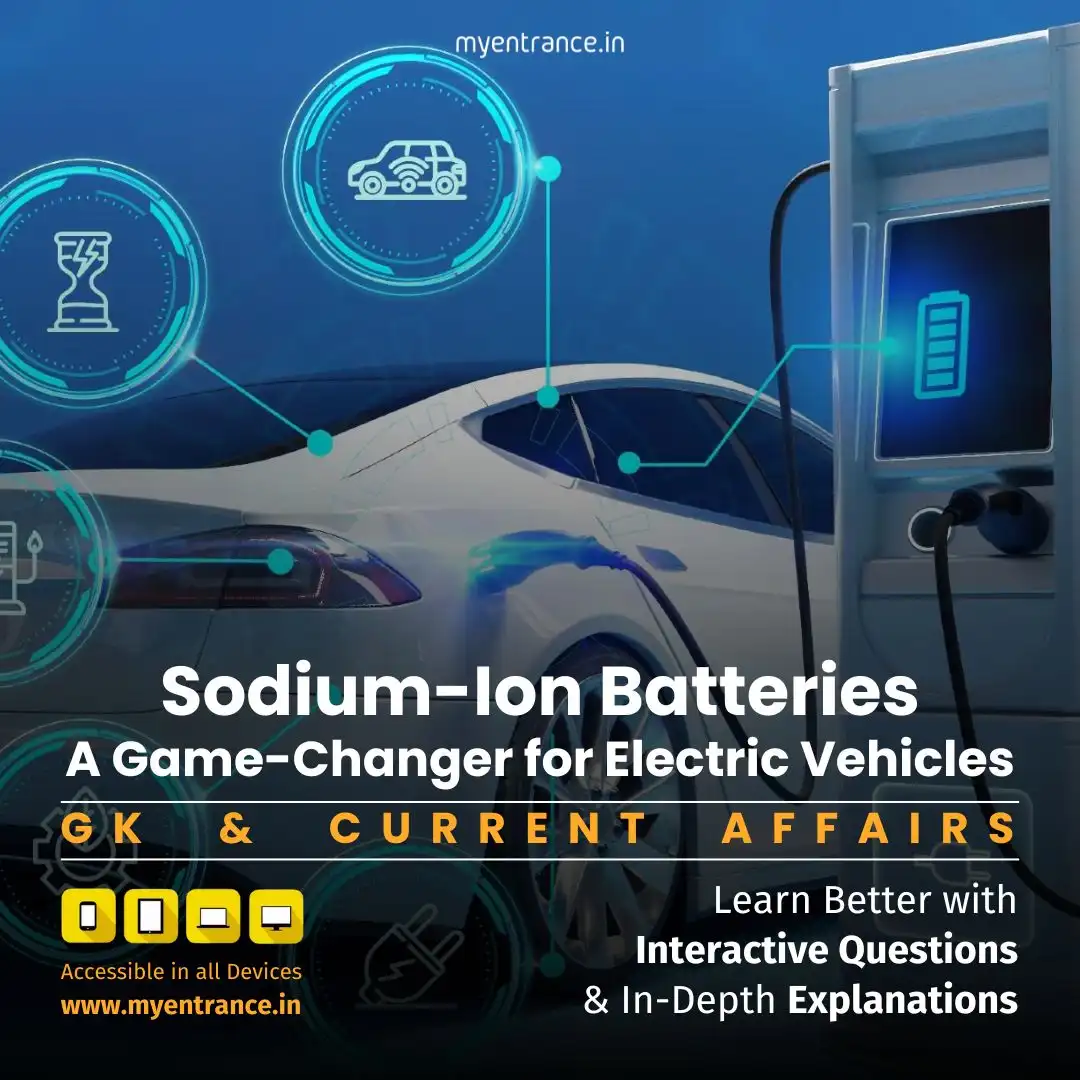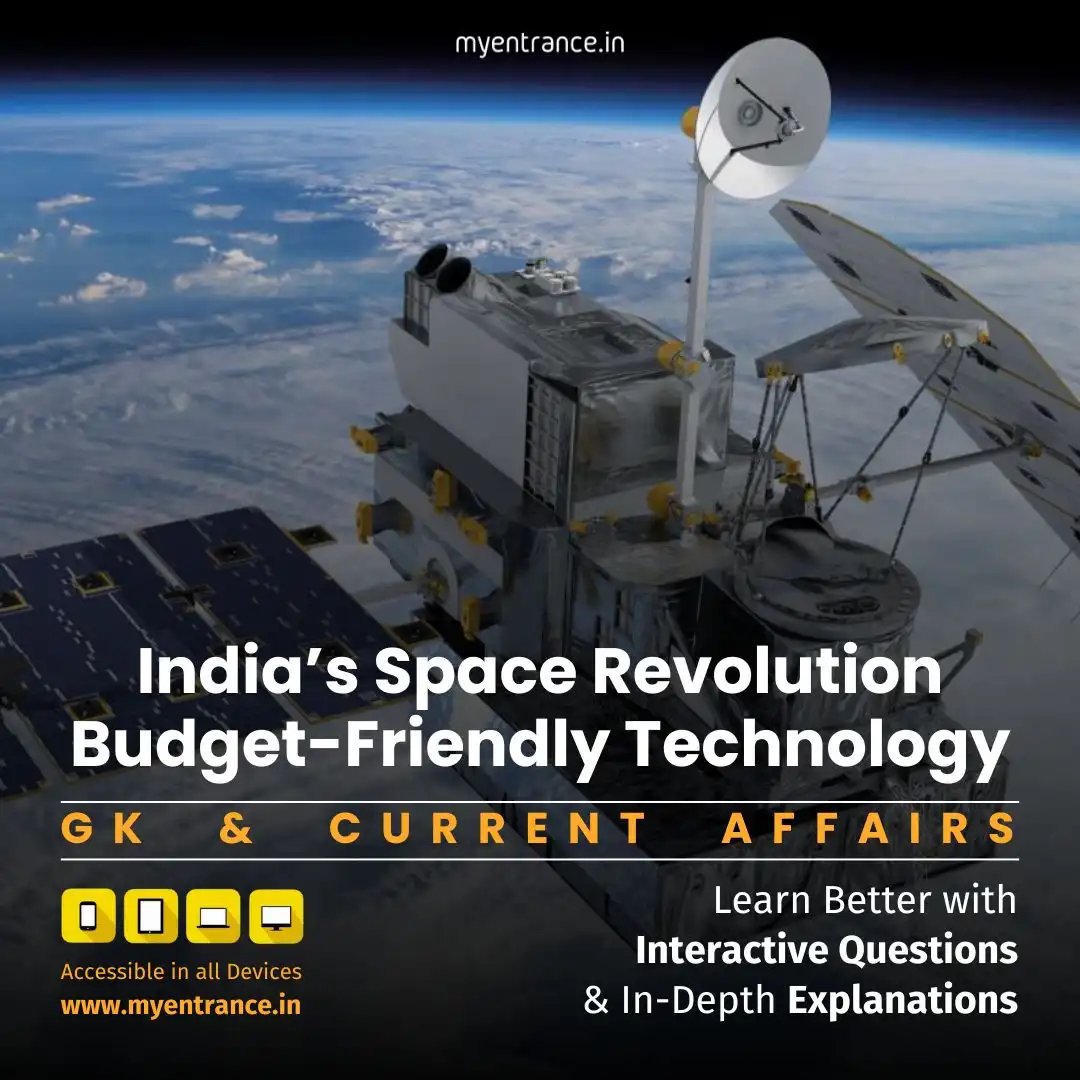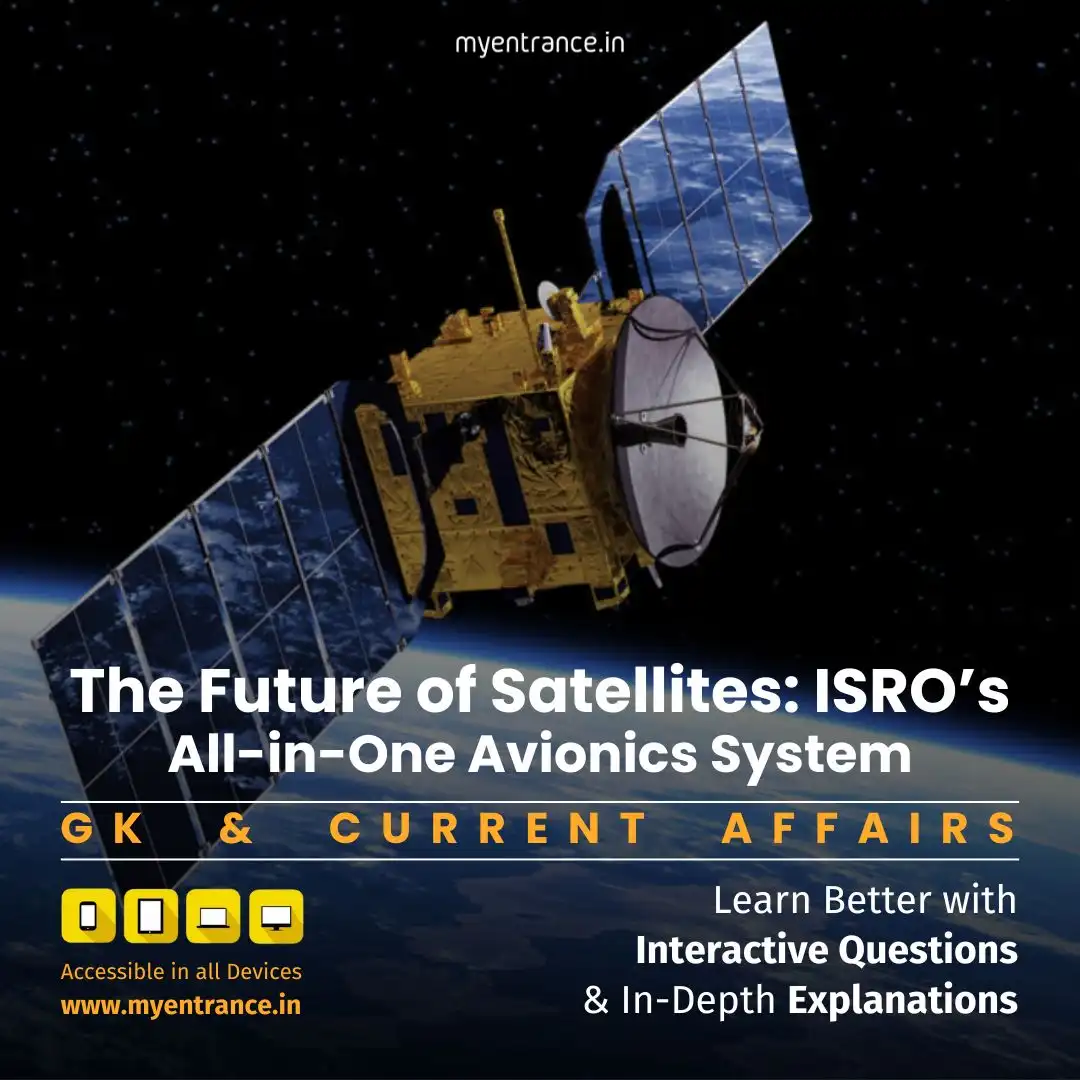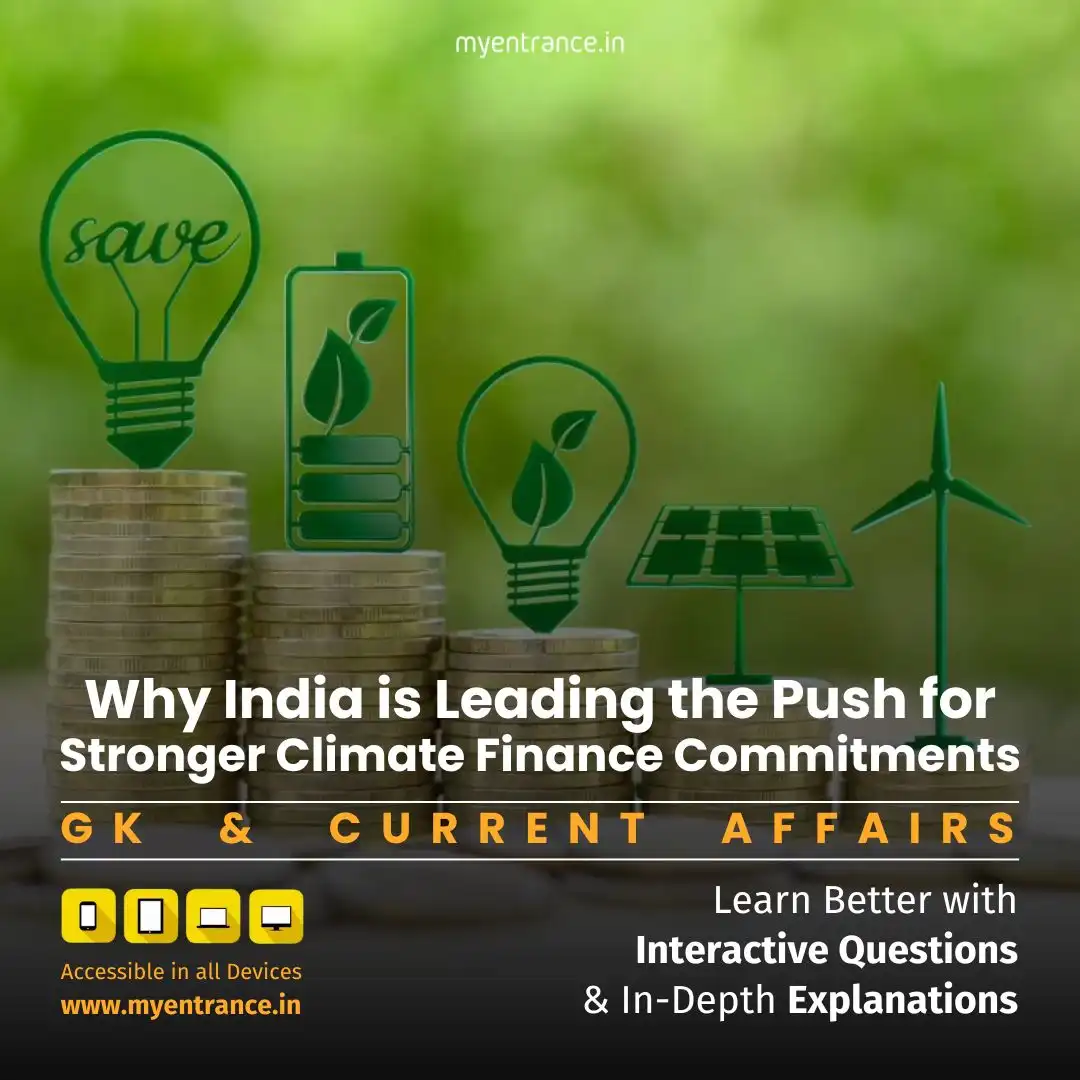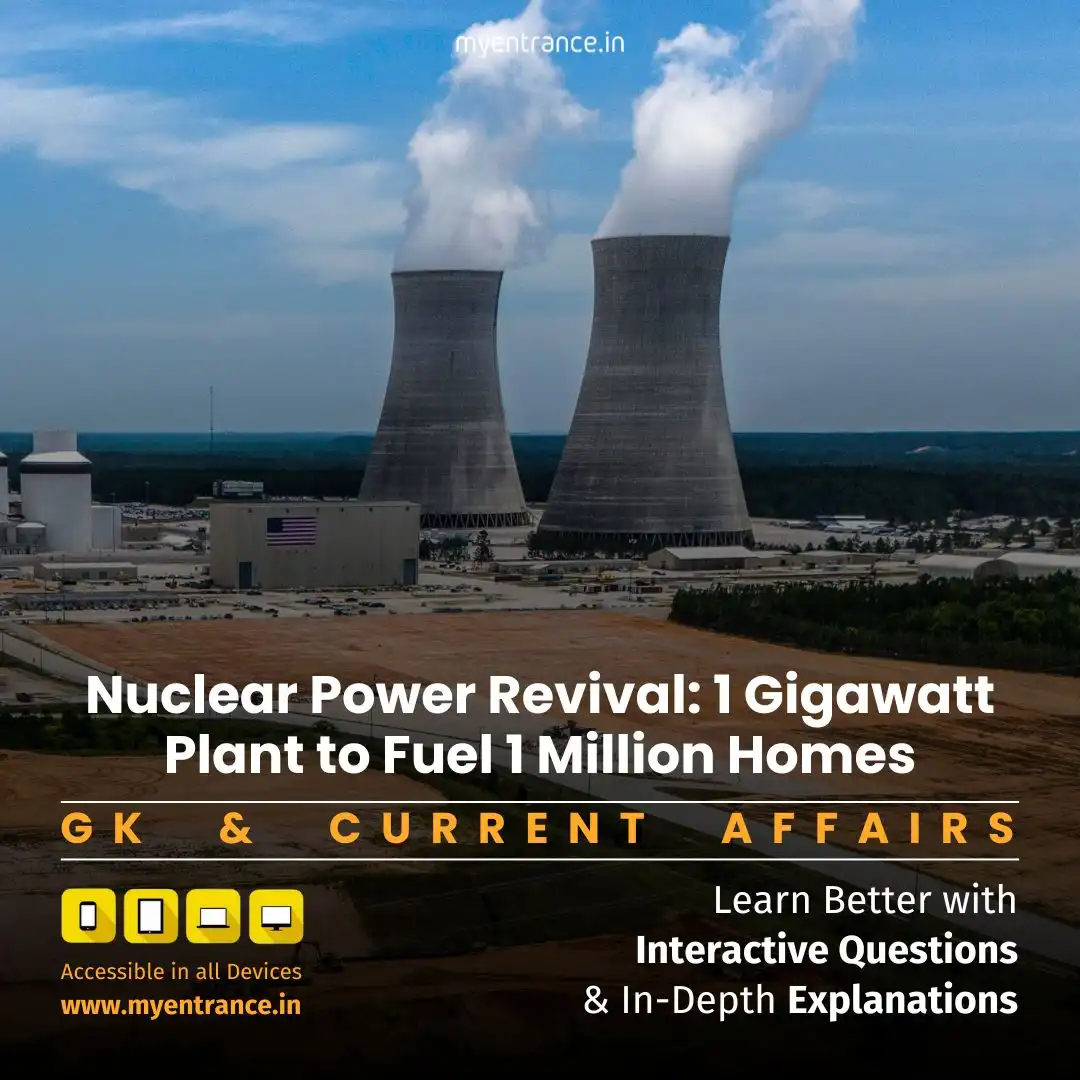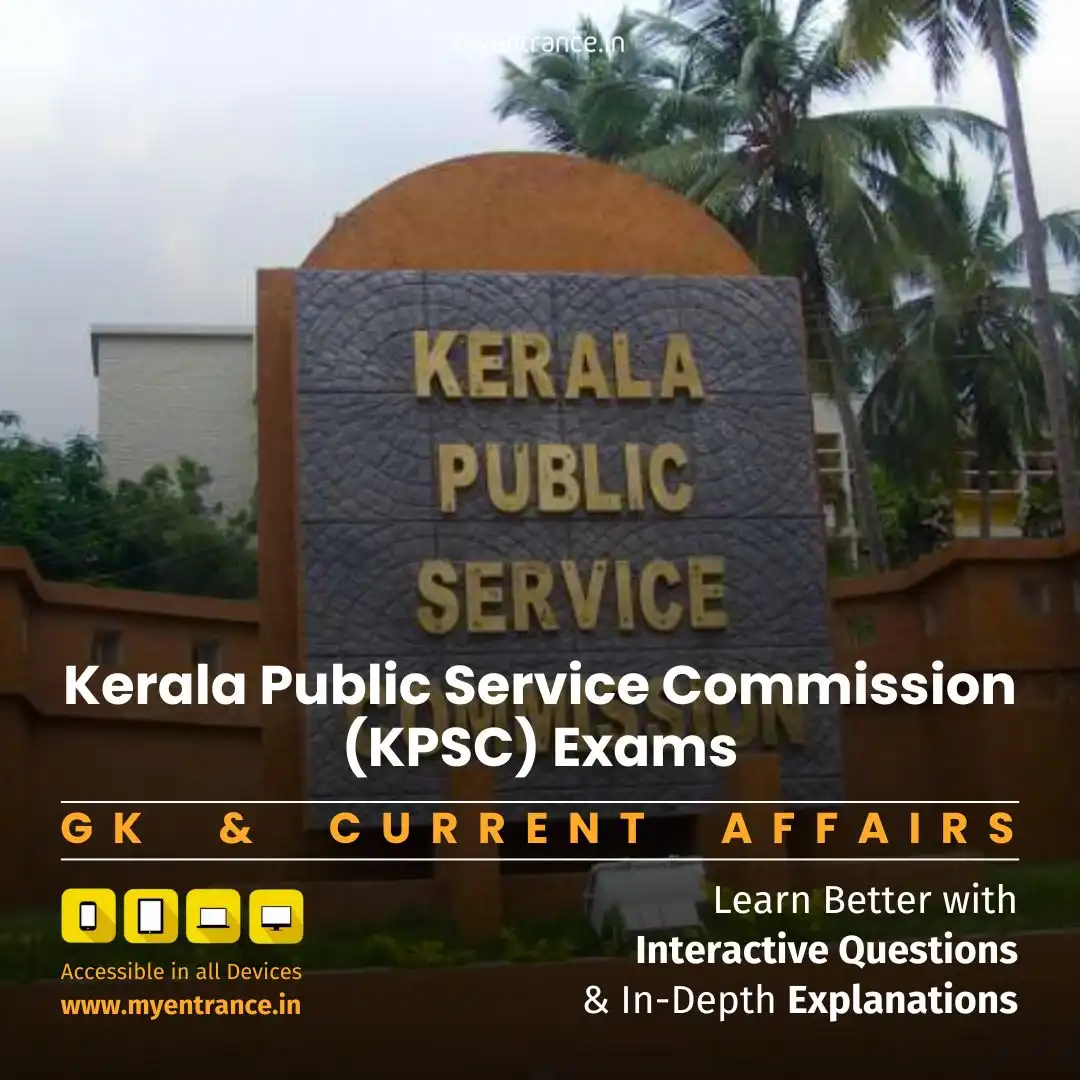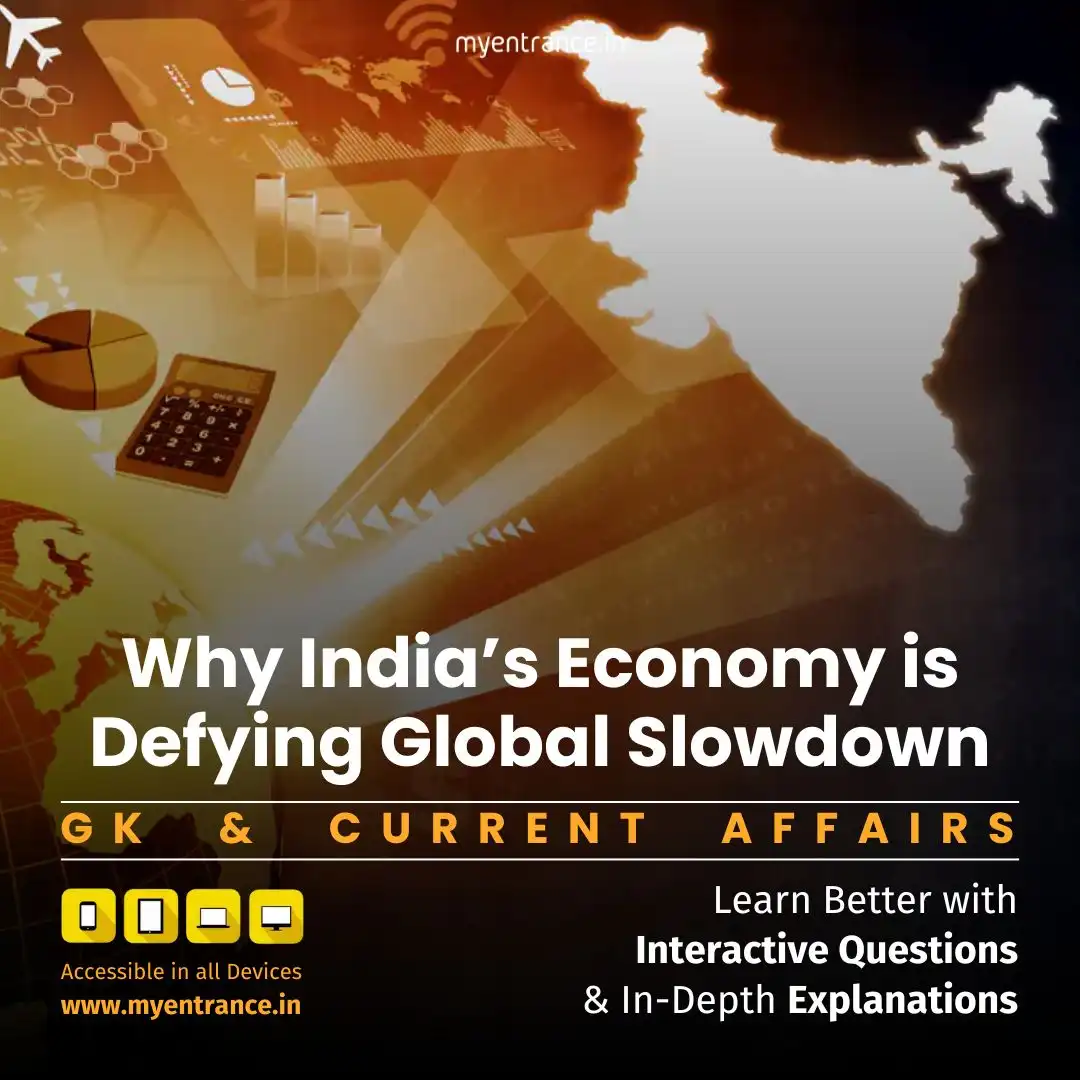Select Language
Why Iran Can’t Build Nuclear Weapons: IAEA, Sanctions, and Strategic Limitations
Iran’s pursuit of nuclear capabilities unfolds against decades of tension with the West. The 1979 Islamic Revolution transformed the nation from a US-aligned monarchy under Mohammad Reza Pahlavi into a theocracy led by Ayatollah Khomeini, severing ties with Western powers. Today, Tehran faces relentless pressure over its uranium enrichment—a process that fuels civilian energy and potential weapons.
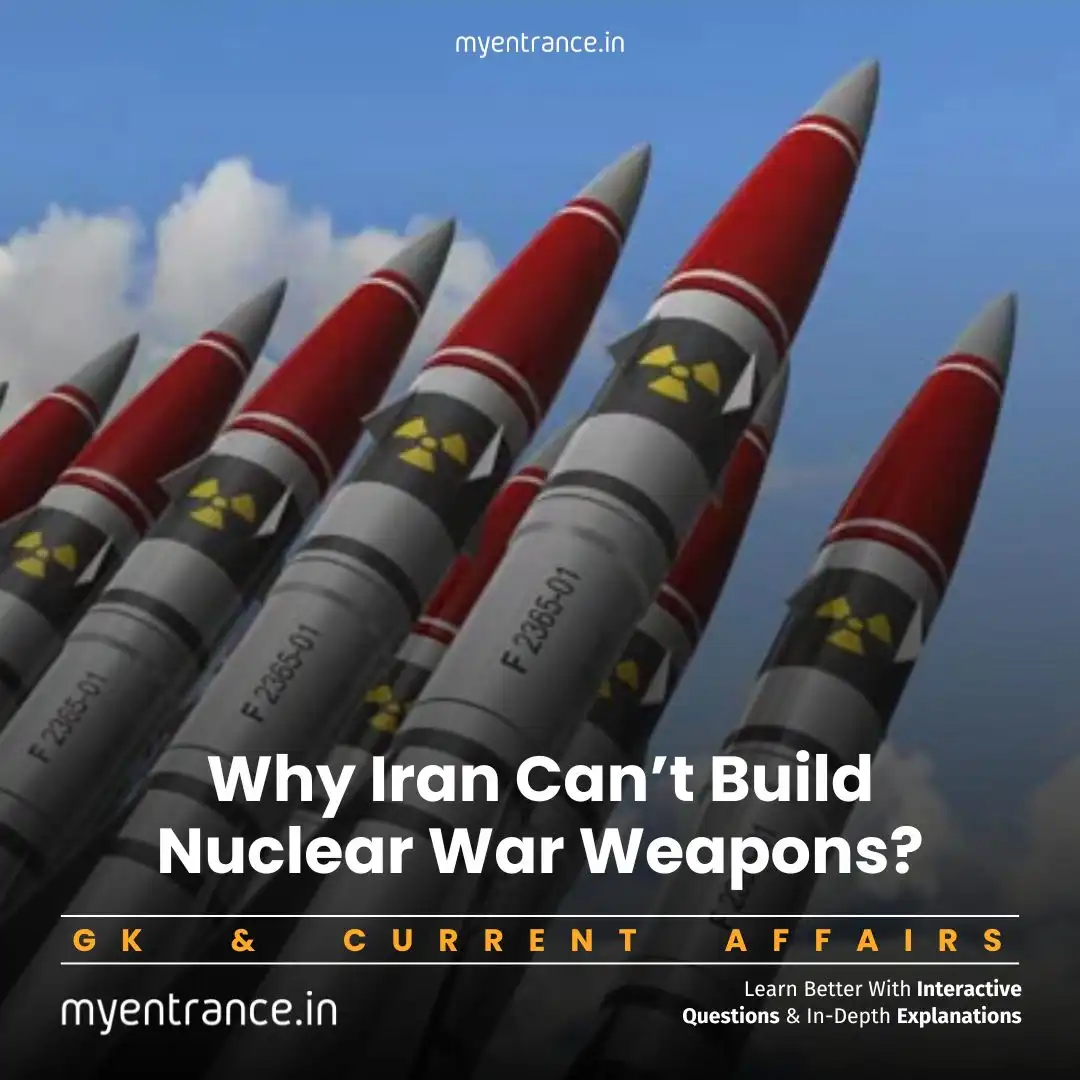
Key Flashpoints in Iran’s Nuclear Journey
Pre-Revolution Alliance: In the 1950s–70s, the US supported Iran’s nuclear program under the pro-Western Shah.
Post-Revolution Distrust: After 1979, the West feared weapons development under Ayatollah Khomeini’s anti-US regime.
The Enrichment Debate: Uranium enriched to 3.5–5% powers reactors; near 90% enables bombs. IAEA’s 2023 discovery of 83.7%-enriched particles intensified global alarms.
2015 Nuclear Deal: Temporarily capped enrichment at 3.67% and reduced stockpiles in exchange for sanctions relief.
Current Crisis: With US withdrawal from the deal (2018), Iran now holds 128+ kg of 60%-enriched uranium—its highest stockpile ever.
Why Iran Can’t “Go Nuclear” Easily
IAEA Safeguards: As an NPT signatory, Iran faces rigorous UN inspections. Sites like Natanz, Fordow, and Isfahan are monitored for covert activities.
US-Israel Axis: Joint sabotage (e.g., Natanz bombings) and assassinations of scientists cripple progress.
Sanctions Stranglehold: Economic isolation starves Iran of funds and tech for advanced centrifuges.
Domestic Unrest: Sanctions fuel public anger, forcing the regime to balance nuclear ambitions with survival.
Hypocrisy Debate: Why Iran Alone?
Critics highlight double standards:
“Why can Israel have nukes (undeclared) and not Iran?”
The West argues:
Iran’s history of covert enrichment breaches NPT trust.
Threats to “wipe Israel off the map” raise proliferation risks.
India’s Stake in the Deadlock
Energy Security: Sanctions disrupt Indian oil imports from Iran.
Regional Stability: Escalation threatens Chabahar Port access and Afghan peace.
Strategic Autonomy: Balancing ties with Iran/US tests diplomatic agility.
Key Takeaways for UPSC
Fordow/Natanz attacks reveal Israel’s “shadow war” to delay Iran’s nuclear progress.
US strikes face bipartisan criticism over War Powers Act violations, yet boost Iranian nationalism (“rally around the flag”).
Regime change demands stem from Iran’s human rights record and proxy wars.
60% enriched uranium is a bargaining chip—Tehran offers rollbacks for sanctions relief.
Sample Q&A for Exam Prep
Q1: How did the 1979 Islamic Revolution alter Iran-West relations?
*A1: It ousted the pro-US Shah, established an anti-Western theocracy under Ayatollah Khomeini, and led to decades of sanctions.*
Q2: What is the significance of 83.7% uranium enrichment found by IAEA?
*A2: It nears weapons-grade (90%), suggesting Iran could rapidly develop bombs if it chooses.*
Q3: Why did the US withdraw from the 2015 nuclear deal?
A3: It argued the deal didn’t address Iran’s missile program or regional proxies, enabling nuclear latency.
Q4: How do Iran’s nuclear ambitions affect India?
*A4: Sanctions complicate oil trade, Chabahar port development, and force diplomatic tightrope-walking.*
Q5: Critically examine: “Israel’s undeclared nukes justify Iran’s program.”
A5: While highlighting nuclear asymmetry, Iran’s NPT obligations and threat rhetoric distinguish its case from Israel’s ambiguity.
Most Predicted Questions
Comprehensive study materials, Expert-guided tips & tricks, Mock tests and instant results.
Start your SSC, NIFT, NID, FDDI, PSC journey today with MyEntrance, your ultimate online coaching platform.
